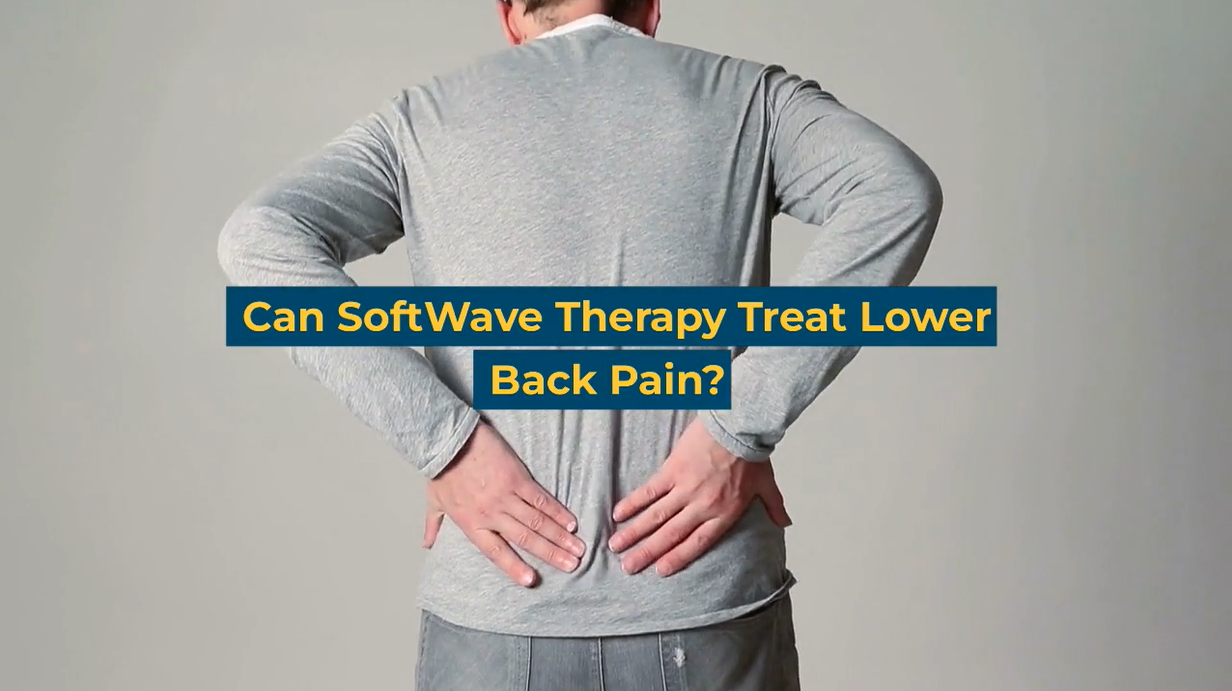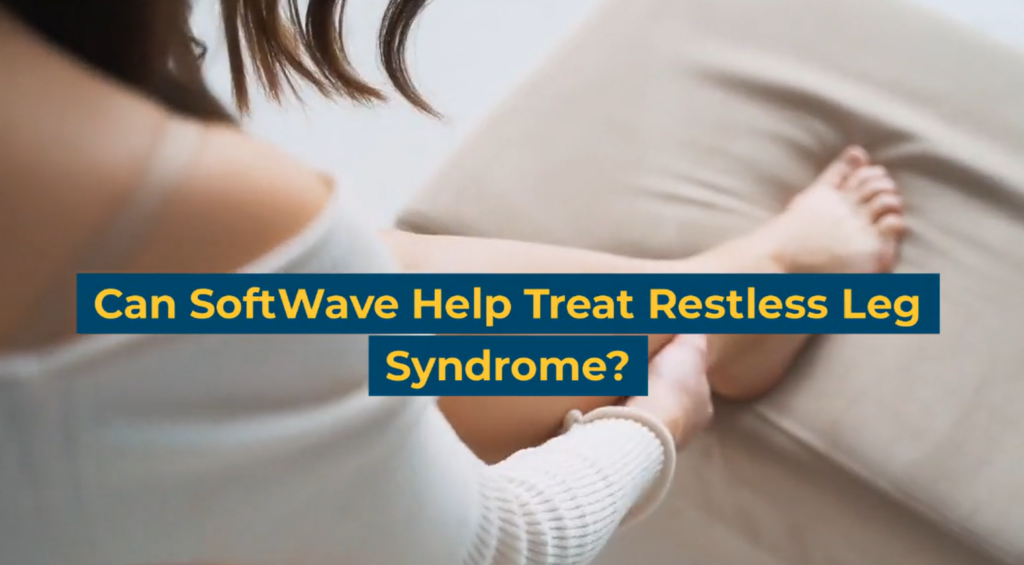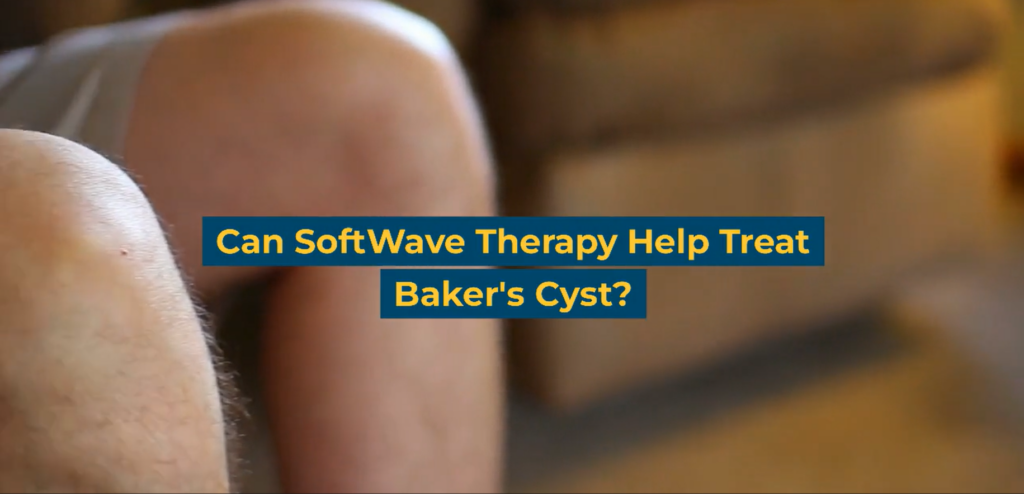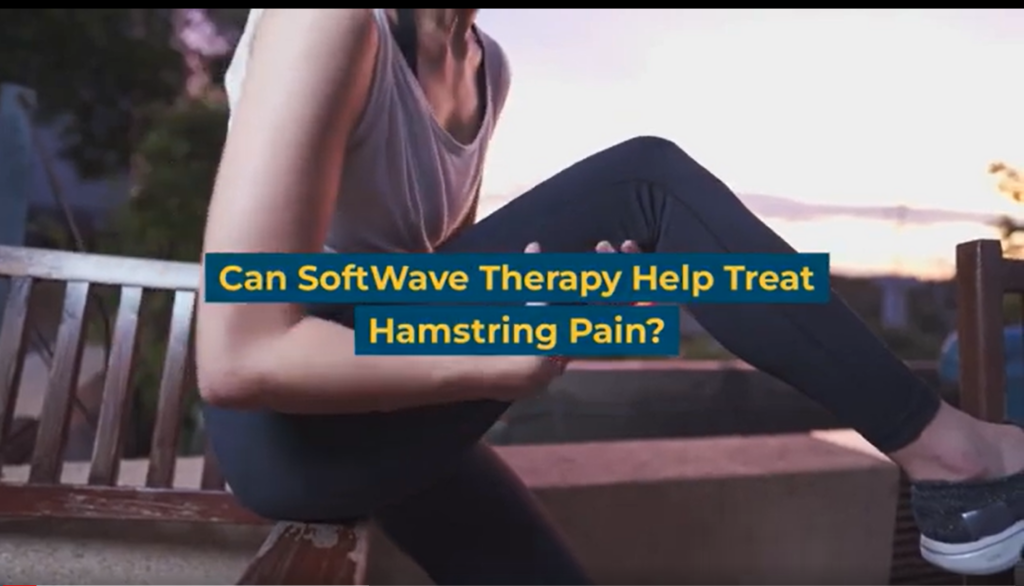Can SoftWave Therapy Treat Lower Back Pain?
Lower back pain is a common condition caused by factors like injury, aging, or poor posture. While traditional treatments like physical therapy and medication can provide relief, they may not work for everyone. SoftWave therapy offers a non-invasive alternative that uses broad-focused shockwaves to stimulate blood flow, reduce inflammation, and promote healing, ultimately alleviating pain. Clinical studies have also shown its effectiveness, making it a promising treatment option for chronic lower back pain.
New Patient Special
Try SoftWave for just $69 at a clinic near you and learn if you’re a candidate for full treatment

Understanding Back Pain: Causes & Symptoms
The causes of back pain are diverse and can include muscle strains or sprains, herniated discs, spinal stenosis, degenerative conditions like osteoarthritis, and poor posture. Injuries from accidents or falls can also contribute to back pain. Additionally, lifestyle factors such as sedentary behavior, obesity, and improper lifting techniques can increase the risk of developing back pain.
Back pain symptoms can vary depending on the underlying cause but often include localized pain, stiffness, muscle tension, and difficulty in performing certain movements or activities. The pain may be sharp or dull and can radiate to other areas such as the hips, legs, or buttocks. In some cases, back pain can be accompanied by numbness or tingling sensations. If you’re experiencing back pain, consult with a healthcare professional to determine the underlying cause of pain.
SoftWave Therapy for Back Pain Treatment
SoftWave therapy is a promising treatment option for back pain that utilizes low-intensity acoustic waves to stimulate the body’s natural healing processes. This non-invasive therapy has been shown to be effective in providing relief and promoting tissue regeneration. Here are several ways in which SoftWave therapy can help treat back pain:
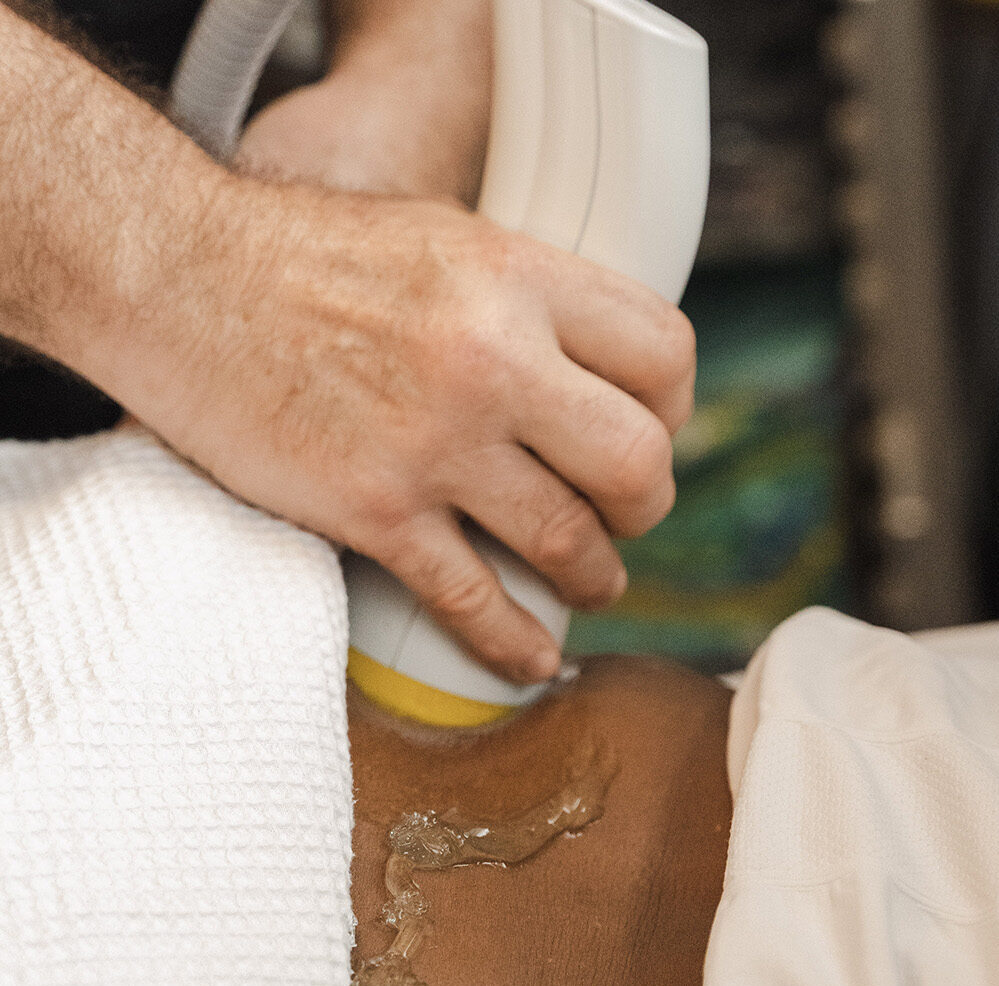
SoftWave therapy is a promising treatment option for back pain that utilizes low-intensity acoustic waves to stimulate the body’s natural healing processes. This non-invasive therapy has been shown to be effective in providing relief and promoting tissue regeneration. Here are several ways in which SoftWave therapy can help treat back pain:
- Increased blood flow: SoftWave therapy improves circulation, delivering nutrients and oxygen to damaged tissues, speeding up healing, and reducing inflammation.
- Inflammation reduction: It helps decrease inflammation by promoting the production of anti-inflammatory substances, reducing pain, and aiding healing.
- Tissue regeneration: SoftWave therapy stimulates growth factors that promote the repair of damaged muscles, ligaments, and tendons, reducing pain and enhancing functional recovery.

SoftWave therapy is effective for various back pain conditions like sciatica, herniated discs, and spinal stenosis. It is comfortable, gentle, and requires no anesthesia or downtime. It may be combined with traditional treatments for optimal results.
During the treatment, a SoftWave device delivers acoustic waves to the affected area, stimulating blood flow and reducing inflammation, ultimately relieving pain and promoting healing.
New Patient Special
Try SoftWave for just $69 at a clinic near you. No drugs. No surgery. Just relief.

Clinical Studies on SoftWave Therapy for Lower Back Pain
There have been several clinical studies conducted on shockwave therapy for lower back pain. In a study published in the Journal of Physical Therapy Science, results show that the group who received shockwave therapy had significantly less pain and better functionality than the placebo group at 1, 4, and 12 weeks after treatment. Additionally, another study evaluated the efficacy of focused shockwave therapy in treating herniated discs, and it found that “patients treated with shockwave therapy reported significant improvements in pain, disability, and quality of life, with an overall success rate of 85.7%.
SoftWave Therapy vs. Other Lower Back Pain Treatments
There are several traditional treatments for lower back pain, including physical therapy, medication, and surgery. Physical therapy aims to improve muscle strength and mobility through exercises and stretches, while medication helps manage pain and inflammation. Surgery is generally considered a last resort for severe cases that are unresponsive to other treatments.
Compared to these traditional options, SoftWave Therapy provides several advantages. It is non-invasive, meaning it does not require incisions or anesthesia, making it a safer and more comfortable option. SoftWave Therapy promotes tissue regeneration, reduces inflammation, and relieves muscle spasms, addressing the underlying causes of pain. It can be used alone or in combination with other treatments for maximum effectiveness.
SoftWave Therapy also offers a targeted approach to pain management, with shorter treatment durations and minimal downtime. It stimulates the body’s natural healing process for long-term pain relief and improved functionality. Overall, SoftWave Therapy is a promising alternative to traditional lower back pain treatments, providing effective results with fewer risks and greater convenience.
Try SoftWave Therapy Today
SoftWave Therapy offers a non-invasive and effective alternative for patients seeking relief from chronic lower back pain. Clinical studies have shown its effectiveness in reducing pain and improving function. However, it’s important to consult with a SoftWave provider to determine if you’re a good candidate for the treatment based on your medical history and the severity of your condition. This ensures that you receive the most appropriate and effective treatment.
Schedule an appointment with the nearest SoftWave provider today for your initial consultation and treatment.
Disclaimer: The information provided in this blog is for educational and informational purposes only and is not intended as a substitute for professional medical advice, diagnosis, or treatment. The content provided in this blog should not be used to diagnose or treat any health problems or illnesses. Always consult with a qualified healthcare professional before making any changes to your healthcare routine or treatment plan.
New Patient Special
Try SoftWave for just $69 at a clinic near you. No drugs. No surgery. Just relief.


